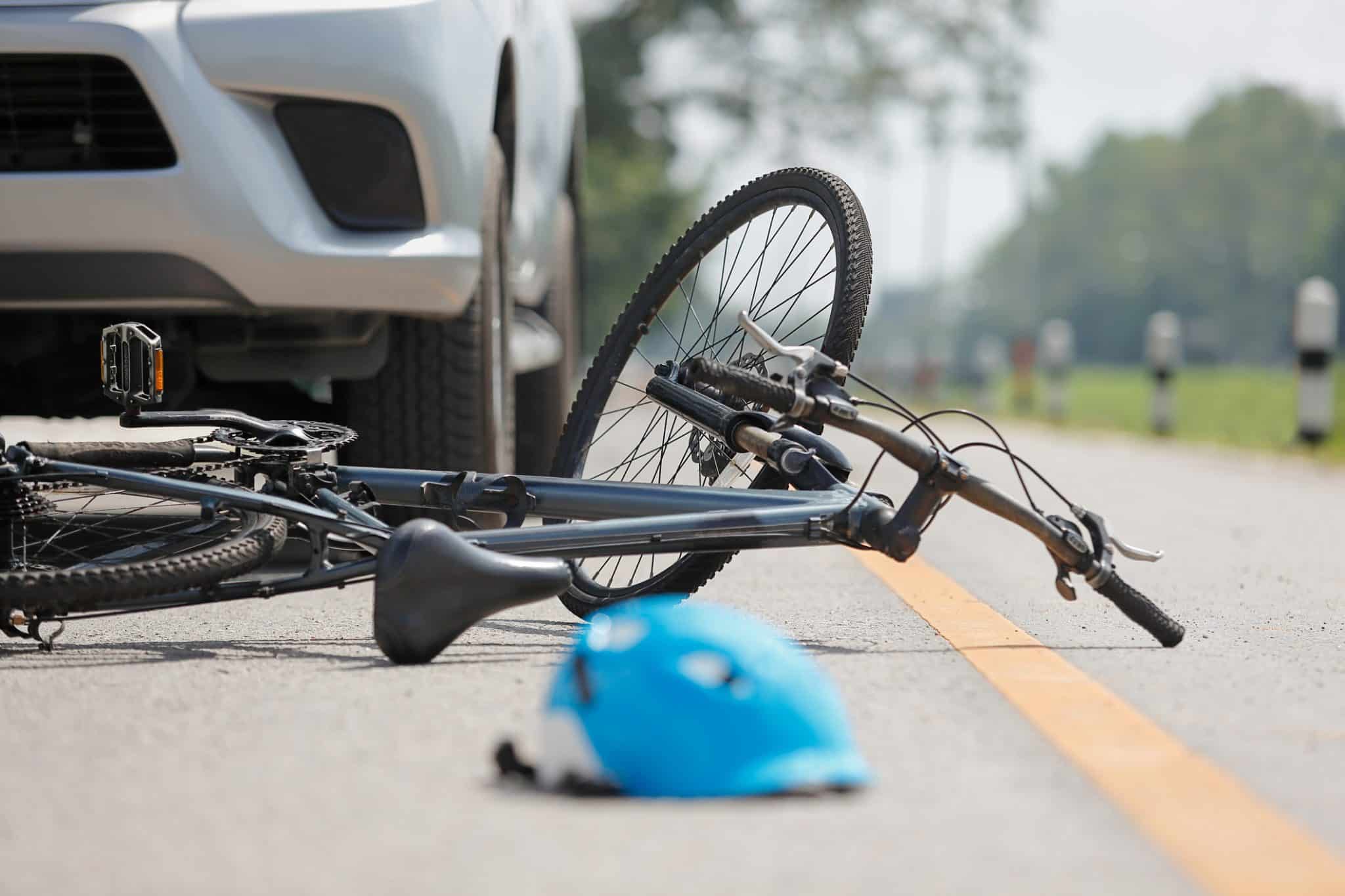
Riding a bike throughout the city can be a great way to commute to work, get some exercise, meet up with friends, or just to have fun. It’s great for your health and excellent for the planet. Unfortunately, bike accidents happen and we need to be aware of the best safety precautions.
In 2015, only 3.4% of Ohioans commuted to work, biked, or walked. Improvements and more availability in bike lanes would raise this number.
According to the National Highway Traffic Safety Administration (NHTSA), bicycle deaths across the nation most often happen between 6-9 pm. In 2017, in the United States, 75% of bicycle fatalities happened in urban areas, cyclist fatalities were eight times higher for men, and alcohol was involved 37% of the time in these fatal accidents.
According to the Ohio Department of Transportation, in 2020, in Ohio, there were 16 fatalities and 148 serious injuries resulting from bike and automobile crashes. 2019 saw 23 fatalities and 120 serious injuries across Ohio. Since 2015, there have been 126 total fatalities and almost 1000 serious injuries.
Ohio has the 29th highest bicyclist fatality rate in the nation. Most fatal crashes occurred during the daytime. 55% of bicycle crashes occurred at intersections, while 64% of fatal crashes happened at non-intersection locations. The most common types of crashes involve a motorist’s failure to detect the cyclist riding, a cyclist failed to yield in an intersection, and from the cyclist riding in the wrong direction on the road.
It can be dangerous to bike in certain areas. Be sure to understand the area you are biking in. Does the area your ride is in have good bike-ability? According to the NHTSA, there are a few questions to consider when understanding how safe it is to bike in a certain area:
These are just a few ideas to consider when deciding where to bicycle. Review the entire list.
Traumatic brain injury is common during bicycle accidents, so it is extremely important to always wear a helmet while riding a bike and to wear one that fits correctly. Your helmet should fit snuggly on your head, positioned on your forehead, about an inch or two above your eyebrows. The straps should tighten and buckle under your chin, keeping the helmet in its place.
When riding on the road, you are required to follow the same traffic laws as vehicles do. Drive the same direction as traffic. Obey stop signs and traffic signals. Look ahead for hazards that could get in your way or make it unsafe to cycle, like potholes, train tracks, or toys or other items that may have fallen out of cars. Do not cycle while distracted! It is unsafe to text or to have music on too loudly. You need to be able to focus entirely on the road.
Remember to always use proper hand signals when turning and stopping. Make sure that your bike has rear reflectors and a front light if you are driving at night or in bad weather.
If you are cycling on the sidewalk, first make sure that it is legal to do so. In certain areas, only those who are 15 or younger are permitted to ride on the sidewalk. Look out for pedestrians. If you are going to pass a pedestrian, make sure you announce yourself with a bell or by saying loudly, “on your left”. Ride in the same direction as traffic. Look both ways before crossing the road. And slow down when you see a car backing out of their driveway, as they may not see you.
In a vehicle, it is important to be aware of your surroundings, especially if you drive with cyclists. Always make sure to yield to cyclists. When turning right, look right as well as behind you for anyone that could be on a bike. Do not speed. Pass only when there is enough room. Be patient.
The Ohio 2045 plan is the Department of Transportation’s vision for Ohio in the next 24 years. The plan is to implement a safe, convenient, and accessible transportation option for everyone. The plan calls for 2% of the budget to support pedestrians and cyclists by adding and maintaining bike lanes, trails, and sidewalks. Resources will also be allocated to educate and inform roadway users and elected officials on biking issues at the local, regional, and state levels. These ideas are part of the Walk.Bike.Ohio plan.
Walk.Bike.Ohio is Ohio’s first bike and pedestrian policy plan, which was completed in 2019 and 2020. The plan will guide programs and policies throughout the state of Ohio by engaging stakeholders and the public. The plan will advocate the economic benefits of walking and bicycling as well as show health, safety, and environmental advantages without recommending specific infrastructure projects.
Investing in bicycle-friendly infrastructure helps the planet. According to Walk.Bike.Ohio, if the bicycling and walking rate rose from 2.5% to 8.9%, an extra 12.5 million metric tons of carbon emissions could be prevented from being released. Additionally, a 0.3% increase in bike commuters along with a rise in pedestrian commuters would save Ohio $5 billion in the next 20 years.
It is also important to note that biking is good for your health. Riding a bike, as your main mode of transportation can improve your overall quality of life. In 2018, Ohio ranked 40th in the United States for overall health outcomes and 47th for health behaviors. Expanding bike riding access would help improve the health of many Ohioans. While Ohio’s current bike network is composed of more than 3000 miles through 76 different counties, there is much need for improvement like more accessible bike paths.
If you’ve been involved in a bike-related accident, feel free to reach out to an attorney here at Kruger & Hodges for help.